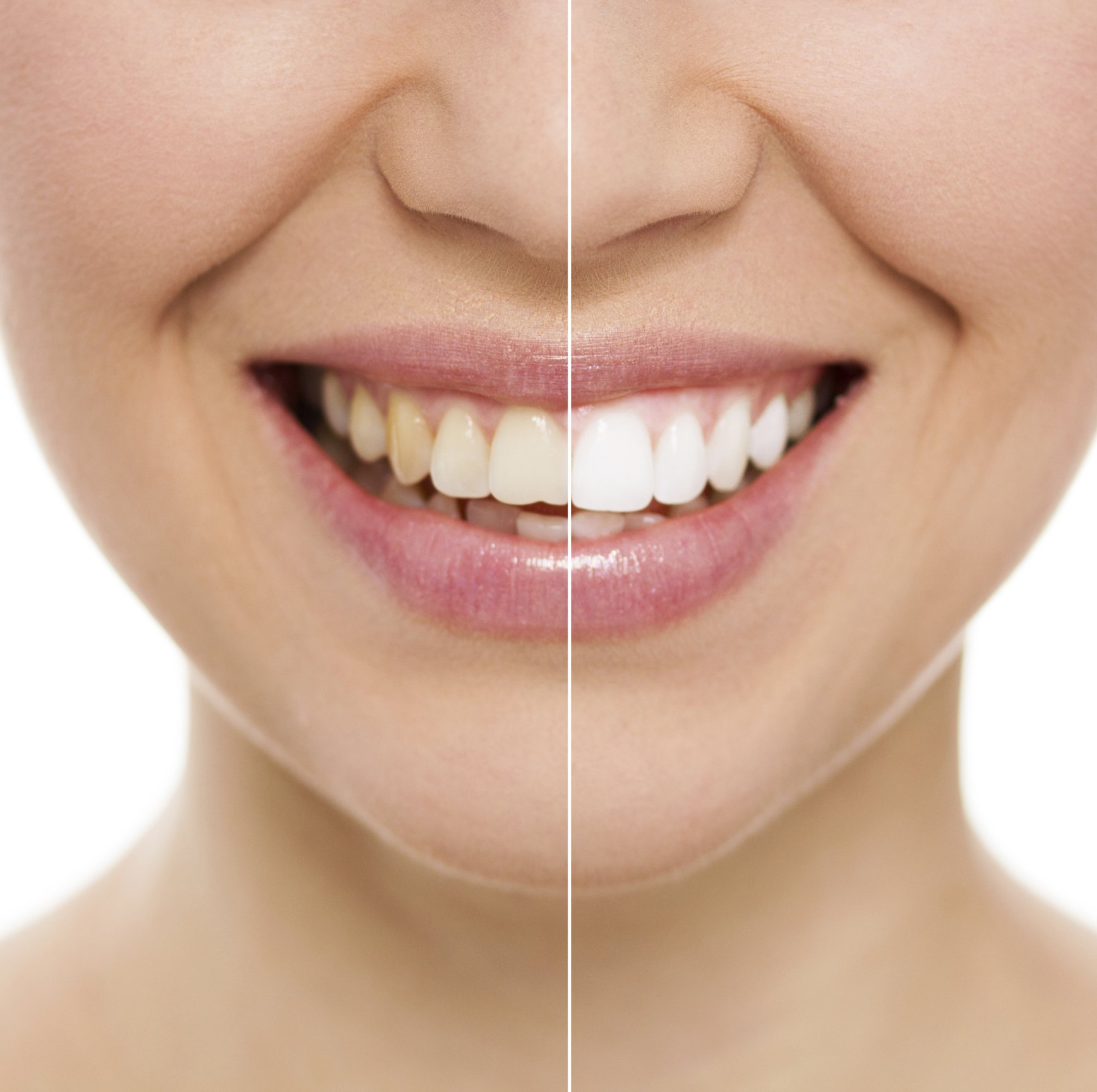Discover the truth about whether composite bonding stains or not, and how to maintain a flawless smile.
Understanding Composite Bonding
Composite bonding is a cosmetic dental procedure that involves applying a tooth-colored resin material to the surface of a tooth to improve its appearance. This can be done to fix chipped or cracked teeth, close gaps, or reshape teeth. Understanding composite bonding is essential in determining whether it stains or not.
Composite bonding is made of a composite resin material that is designed to mimic the natural color and translucency of your teeth. This material is stain-resistant, but it is not completely immune to staining. Over time, certain factors can cause composite bonding to develop stains.
Factors That Cause Composite Bonding Staining
There are several factors that can cause staining on composite bonding. One of the main factors is the consumption of certain foods and beverages that are known to stain teeth. This includes coffee, tea, red wine, and dark-colored fruits and vegetables.
Another factor that can cause staining is smoking or using tobacco products. The tar and nicotine in tobacco can discolor your teeth, including composite bonding.
Poor oral hygiene can also contribute to staining on composite bonding. If you don't brush and floss regularly, plaque and tartar can accumulate on your teeth, leading to discoloration.
Additionally, certain medications and medical conditions can cause teeth staining, which can affect composite bonding as well.
Preventing Stains on Composite Bonding
While composite bonding is designed to resist staining, it is still important to take preventive measures to maintain its appearance. Here are some tips to prevent stains on composite bonding:
1. Practice good oral hygiene by brushing your teeth at least twice a day and flossing daily. This helps remove plaque and prevent tartar buildup, which can cause staining.
2. Avoid or minimize consumption of foods and beverages that are known to stain teeth. If you do consume them, rinse your mouth with water afterward to minimize the staining effect.
3. Quit smoking or using tobacco products to prevent discoloration of your teeth and composite bonding.
4. Visit your dentist regularly for professional cleanings and check-ups. They can remove any surface stains and ensure the longevity of your composite bonding.
By following these preventive measures, you can maintain a bright and stain-free smile with composite bonding.
Common Myths About Composite Bonding Stains
There are several common myths surrounding composite bonding stains. Let's debunk them:
Myth 1: Composite bonding stains easily - While composite bonding can develop stains over time, it is designed to resist staining. By following good oral hygiene practices and avoiding certain staining agents, you can minimize the risk of staining.
Myth 2: Composite bonding cannot be whitened - In some cases, composite bonding can be professionally polished and whitened by a dentist. However, it is important to consult with your dentist to determine if this is possible for your specific case.
Myth 3: Composite bonding requires special maintenance - Composite bonding can be maintained with regular oral hygiene practices. There is no need for special maintenance procedures.
It is important to separate fact from fiction when it comes to composite bonding stains to make informed decisions and take proper care of your dental restorations.
Professional Maintenance and Care for Composite Bonding
To ensure the longevity and appearance of your composite bonding, it is recommended to seek professional maintenance and care. Your dentist can provide the following services:
1. Professional cleanings: Regular dental cleanings can remove any surface stains and tartar buildup, keeping your composite bonding looking fresh.
2. Polishing: If your composite bonding becomes dull or stained, your dentist can polish it to restore its shine and color.
3. Whitening: In some cases, your dentist may be able to whiten your composite bonding to improve its appearance. However, this depends on the specific composition and condition of your bonding.
4. Routine check-ups: Regular dental check-ups allow your dentist to monitor the condition of your composite bonding and address any issues early on.
By seeking professional maintenance and care, you can prolong the lifespan of your composite bonding and maintain a beautiful smile.


